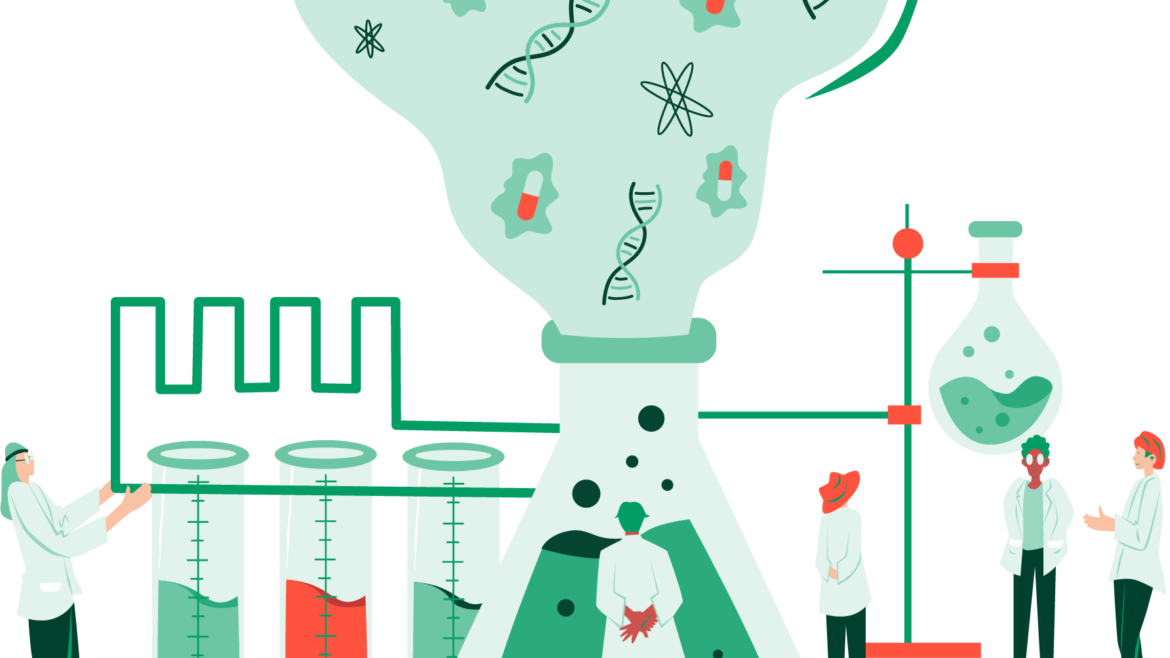Mixture Safety Data Sheets (SDSs) are informational documents that briefly and clearly describe the chemical hazards present in a given preparation.
What are mixture Safety Data Sheets (SDSs)?
Mixture Safety Data Sheets (SDS) are documents that provide information on the harmful effects and precautions to be taken when using and handling chemicals. SDSs are available in the original language and in all officially recognized international languages. The translated version can be used as an aid to consulting the original. Some
software to manage GHS regulatory compliance
, such as
Chemilla
, are able to automatically translate the Mixture Safety Data Sheets into different languages by adapting them to the specific regulations of the target country.
The Mixture Safety Data Sheets (SDSs) list the following data:
- General description of the product (main ingredient, extract or derivative, etc.).
- Main components (for example: solvent or volatile organic substance)
- Harmful effects of the product on the human body (risk category)
- Precautions/warnings/special instructions for use
What is the content of the Mixture Safety Data Sheets?
The Mixture Safety Data Sheet contains important information about the chemical, such as:
- name, CAS number (where available), EINECS/ELINCS number (where available), chemical formula;
- physical properties and thus the physical characteristics of the chemical;
- toxicological properties and thus the toxicological properties of the chemical;
- ecotoxicological properties and thus the ecotoxicological properties of the chemical;
- Exposure pathways and contact with other materials or people.
What is the classification of chemical hazards?
Mixture Safety Data Sheets are the main tool for communicating the nature of hazards present in the work environment. Knowing and understanding MSDSs is critical to protecting the health and lives of people who work with chemicals, as well as any person who comes in contact with them.
Chemical hazard classification is a coding that describes the degree of risk a chemical substance may pose to human health and the environment. The classification is based on a combination of two factors:
- The likelihood that a substance will give rise to harmful effects,
- How serious these effects are.
Chemical hazards are divided into groups according to their degree of danger:
- very dangerous substances
- dangerous substances
- harmless substances
Why is classification important for chemical hazards?
Classification for chemical hazards is important for understanding chemical risk.
The classification is based on the probability of exposure and severity of consequences. Hazard classes are defined by the source of nature of the chemical agent, which may be toxic, carcinogenic or mutagenic. Risks may also be influenced by other factors such as individual sensitivities and experience in using or storing the product subject to an emergency assessment.

What does the MSDS say in the information part?
In the section titled “Hazard Information” of the Mixture Safety Data Sheets, you will find information on how to identify the hazards of this chemical and what to do if you are exposed to it.
These are some of the questions you can answer from this section:
- What are the risks of exposure to this chemical?
- What are the dangers of this chemical?
- What are the symptoms of exposure to this chemical?
- What first aid measures should be taken at home or on site?
How to read the numbered item “Precautions for safe use”?
The Mixture Safety Data Sheet ( MSDS) includes information on the hazard and how to control the chemical. The “Precautions for Safe Use” section contains key information regarding precautions that should be taken when using the chemical.
The advice is one that everyone should follow: read the sheet carefully before using or handling the product, paying particular attention to the following parts:
- Safety precautions for handling (items 4 and 5)
- Precautions for use and handling (item 6)
What is the purpose of first aid information?
First aid information is an integral part of the
SDS
. Inside we find:
- Name of product or material that may cause harm to humans (if applicable)
- Signs or symptoms indicating exposure to chemicals or hazardous materials
- First aid treatment
- Special medical care needed for exposed persons with technical details for health care workers and physicians (if needed)
What is the purpose of medical treatment news?
Within the
SDS
there are also guidelines for health and medical personnel. It is a good idea for anyone handling or using chemicals to have the SDS (or, for commercial products, the GHS Label affixed to the packaging) with them at all times. In the event of an accident, it is necessary to report the information on these documents to the medical personnel in charge of the case. This information is critical for health care personnel to easily and without error understand the correct first aid maneuvers or prescribed therapy.
Product Description.
Also found within the Mixture Safety Data Sheet is a more descriptive section, which goes on to list the characteristics of the product. These are not strictly safety data (the risk of a substance, hazards, behaviors to avoid, etc. are not stated), but they are still useful information for understanding the chemical. Specifically we discuss:
- physicochemical data
- physical stability
- chemical interference
What does the information on environmental effects mean?
Data on environmental effects are important because they give you an idea of how your product will affect the environment.
- “Environmental Hazard Classification” indicates the type of impact a chemical could have on the environment: acute toxicity to aquatic organisms, chronic toxicity to aquatic organisms, and acute toxicity to terrestrial organisms are three examples.
- “Terrestrial Toxicity Classification” indicates whether this chemical is expected to be harmful if it enters soil or groundwater: for example, it may cause skin irritation or harm animal life in soil.
What do the exposure data and toxic properties say?
In this section is an indication of whether the chemical is flammable, toxic, corrosive, or reacts with water (e.g., will cause corrosion in pipes or containers). The leader also provides details on any special precautions needed when working with the material.
The Mixture Safety Data Sheets
In conclusion, Mixture Safety Data Sheets (SDSs) are an essential document for the chemical industry. This is because it contains all the information needed to understand and use different products safely. The MSDS must be present at all times throughout the life of the product, as well as its reading and understanding by the people who use it.
For best create and manage your SDSs, so that you can ensure total compliance with the GHS compliance of each country in which you operate and the safety of people and the environment, you can rely on Chemilla, the cloud-based software from F1 Consulting & Services for the GHS compliance management!
Contact us for a FREE demo!


